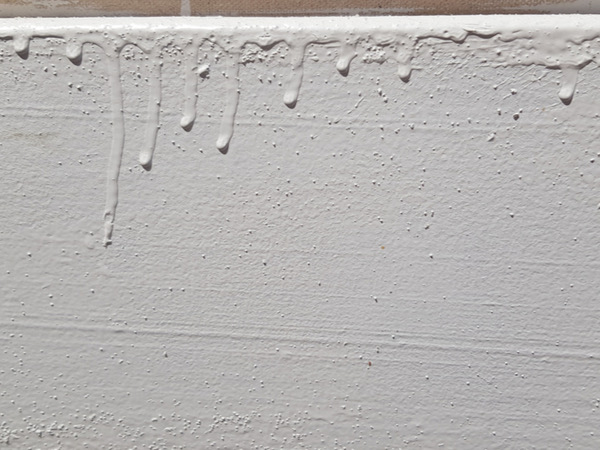Painting can be a rewarding and transformative DIY project, but it’s important to be aware of common pitfalls that can hinder your success. From uneven paint application to poor color choices, these mistakes can impact the final result and lead to frustration. Let’s discuss seven painting pitfalls and go over some valuable tips on how to circumvent them. By understanding these snares and implementing the recommended solutions, you’ll be equipped to achieve a flawless paint job that enhances the beauty of your space.
1. Insufficient Surface Preparation
Let’s talk about one of the most critical painting pitfalls: inadequate surface preparation. Failing to properly prepare the surface can lead to poor paint adhesion, uneven coverage, and a lackluster finish. To avoid this I first clean the surface thoroughly, removing dirt, grease, and dust. Repair any cracks or holes and sand the surface to create a smooth, even base. I’ve found that applying a primer will enhance paint adhesion and create a more uniform surface.
2. Inadequate Protection and Preparation
Neglecting to protect your surroundings and properly prepare the painting area can result in unintended damage and a messy workspace. However, evading this pitfall by taking certain precautions like a pro is simple. Use plastic sheets or drop cloths to protect all floors, furniture and fixtures from paint splatters. We use painter’s tape to mask off edges, trims, and other areas we want to keep paint-free. Furthermore, prepare your tools and materials in advance for a smooth workflow.
3. Poor Color Selection
Before committing to a color, test it on a small section of the wall or create sample boards. How does the color looks in different lighting conditions and how it complements your furniture and décor? Consider using color swatches or consulting with professionals for guidance. Unfortunately, choosing the wrong paint color can have a significant impact on the overall look and feel of your space but, following said steps we can eliminate this landmine altogether.
4. Inadequate Coverage and Uneven Application
Inadequate paint coverage and uneven application can result in an unprofessional and patchy finish. Armed with knowledge of proper paint application techniques steers us clear of this outcome. For example, use high-quality brushes, rollers, or sprayers suitable for your project. Apply paint in even strokes or rolls, maintaining a wet edge to prevent visible lines. Apply multiple thin coats rather than one thick coat to achieve uniform coverage. Also, follow the manufacturer’s instructions regarding drying time between coats.
5. Brush and Roller Marks
Visible brush or roller marks can detract from the smoothness and professionalism of your paint job. Use high-quality brushes and rollers to minimize marks. When painting with a brush, use long, smooth strokes in the same direction. For rollers, roll in a “W” or “M” pattern, followed by light, even strokes in one direction. Abstain from excessive pressure or overworking the paint, as it can leave visible marks. Furthermore, employing these techniques ensures shying from this downfall.
6. Paint Drips and Splatters

Paint drips and splatters can ruin a beautifully painted surface, additionally, creating extra cleanup work for you. So load your brush or roller with an appropriate amount of paint to dodge excessive drips. Tap off excess paint before applying it to the surface. We all know accidents happen, so clean up any spills or drips immediately with a damp cloth or sponge.
7. Rushing the Drying Process
I know you’ve heard the saying “waiting for paint to dry”. That’s because rushing the drying process can lead to smudging, sticking, or damage to the paint surface. Follow the manufacturer’s instructions regarding drying time between coats and for the final coat. If possible avoid painting in high humidity or extremely hot or cold temperatures. Together with using fans or open windows you will improve air circulation and speed up drying time. Again, be patient and allow sufficient drying time before touching or using the painted surface.
Painting can be a fun and rewarding DIY project that enhances the beauty of your space. By being aware of common painting pitfalls and taking the recommended precautions, you can achieve a flawless and professional finish that you can be proud of. Remember to properly prepare the surface, protect your surroundings, choose the right color, use proper paint application techniques, and allow ample drying time. With these tips in mind, you can prevent the most common painting pitfalls lastly, enjoying a successful painting experience.
